Chemistry and Chemists № 2 2024
Journal of Chemists-Enthusiasts
| Content | Chemistry experiments - video | Physics experiments - video | Home Page - Chemistry and Chemists |
|
Chemistry and Chemists № 2 2024 Journal of Chemists-Enthusiasts |
Plants as acid-base indicators - part 10, 11 Volodymyr M. Viter |
|
Having noticed a mistake in the text, allocate it and press Ctrl-Enter
Lamium purpureum flowers and glacial acetic acid - part 10
In one of my previous experiments, I placed violet flowers of the violet in glacial acetic acid. The violet-coloured petals turned pink - it was a completely predictable result. In addition, I noticed that the acid itself turned pink. The petal pigment was extracted with glacial acetic acid. The solution resembled dilute potassium permanganate. This came as a surprise.
Цветы Lamium purpureum и ледяная уксусная кислота - часть 10 When I tried to experiment with this solution, varying the pH, it turned out that the volume of the solution obtained was too little. As a result, the pigment colour changes appeared unclear. The violets had stopped blooming by then, so I had to use trial and error to find another flower whose pigment could be extracted with acetic acid. Whole thickets of plants with purple flowers caught my eye. This is Lamium purpureum which is known as red dead-nettle. About a year ago, I conducted similar experiments with this plant but did not try extracting its pigment with acetic acid. I picked several stems covered with purple flowers, placed them in a jar with water, and went home. At home, it turned out that the flowers and their petals did not fall off. They were not damaged during the road. Moreover, many flowers had not yet opened and were firmly attached to the stem. This did not make me happy at all! What is wrong? After all, the flowers remained undamaged and that is good! For experiments, it is advisable to use beautiful, undamaged plants. They look much more impressive than damaged or withering ones. I will try to explain. A year ago, I placed the Lamium purpureum plant with flowers in an ammonia atmosphere. For this purpose, undamaged flowers were required. Unfortunately, flowering was ending, so there were few flowers on the plants, and their petals were falling off. This fact worsened the quality of the video. For the current experiment, I decided to separate the petals from the flowers. Both plants with fresh flowers and plants with falling/fading flowers are equally suitable for this purpose. As ill luck would have it, the plants I collected for this experiment had fresh flowers which were firmly attached to the stem and did not fall off. It was a bit of a shame that such plants were not available when I experimented a year ago. At that time, I delayed the start of the experiment for too long, so the flowering began to end, and the flowers began to fall off. Now, I will describe the experiment. I placed the purple petals in a glass and added glacial acetic acid. The purple petals gradually turned red. Then, I added more acetic acid and stirred with a glass rod. After a few minutes, I poured the liquid into a test tube. The colour of the extract was reddish-orange under the light of an LED lamp, however, in daylight the solution appeared pink. Thus, the extract's colour was different from the colour of the petals treated with acetic acid. Then, I experimented with the extract. I poured a little concentrated ammonia solution into a glass and began to add the obtained solution of pigment in acetic acid to it in small portions. At first, the liquid in the glass acquired a yellow-green colour, then the colour weakened and became indistinguishable. When the next portions of the extract were added, the solution in the glass turned pink. As the extract was added, the liquid in the glass became cloudy, but this effect was due to the presence of an impurity in the acetic acid. |
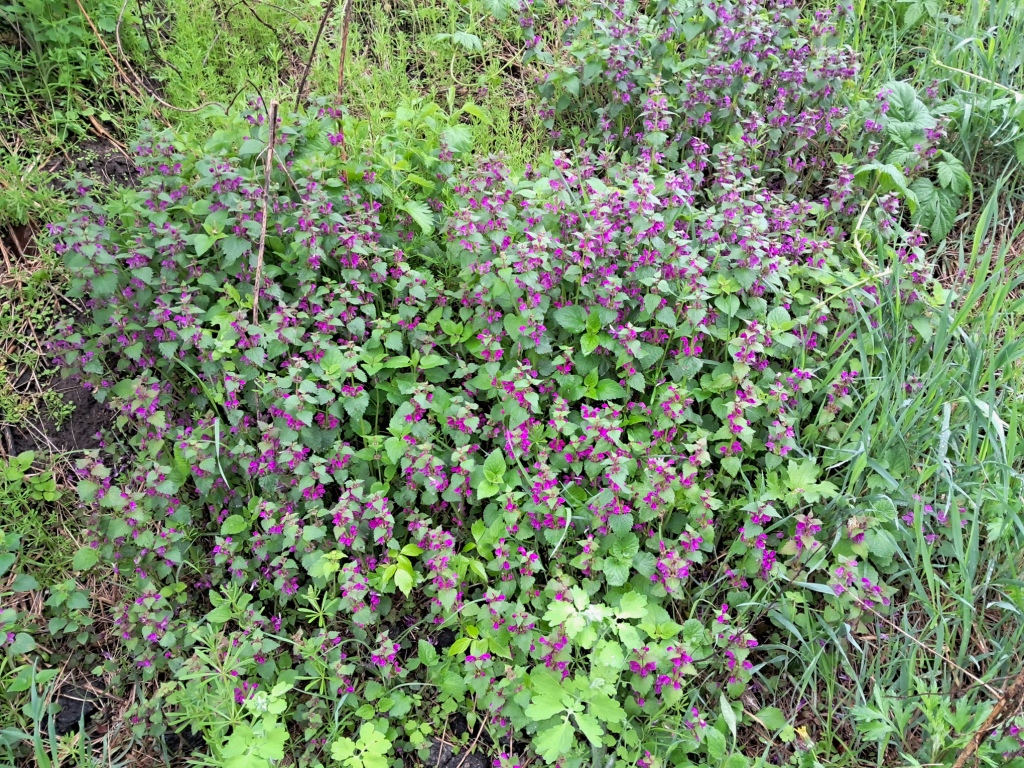
Lamium purpureum flowers |
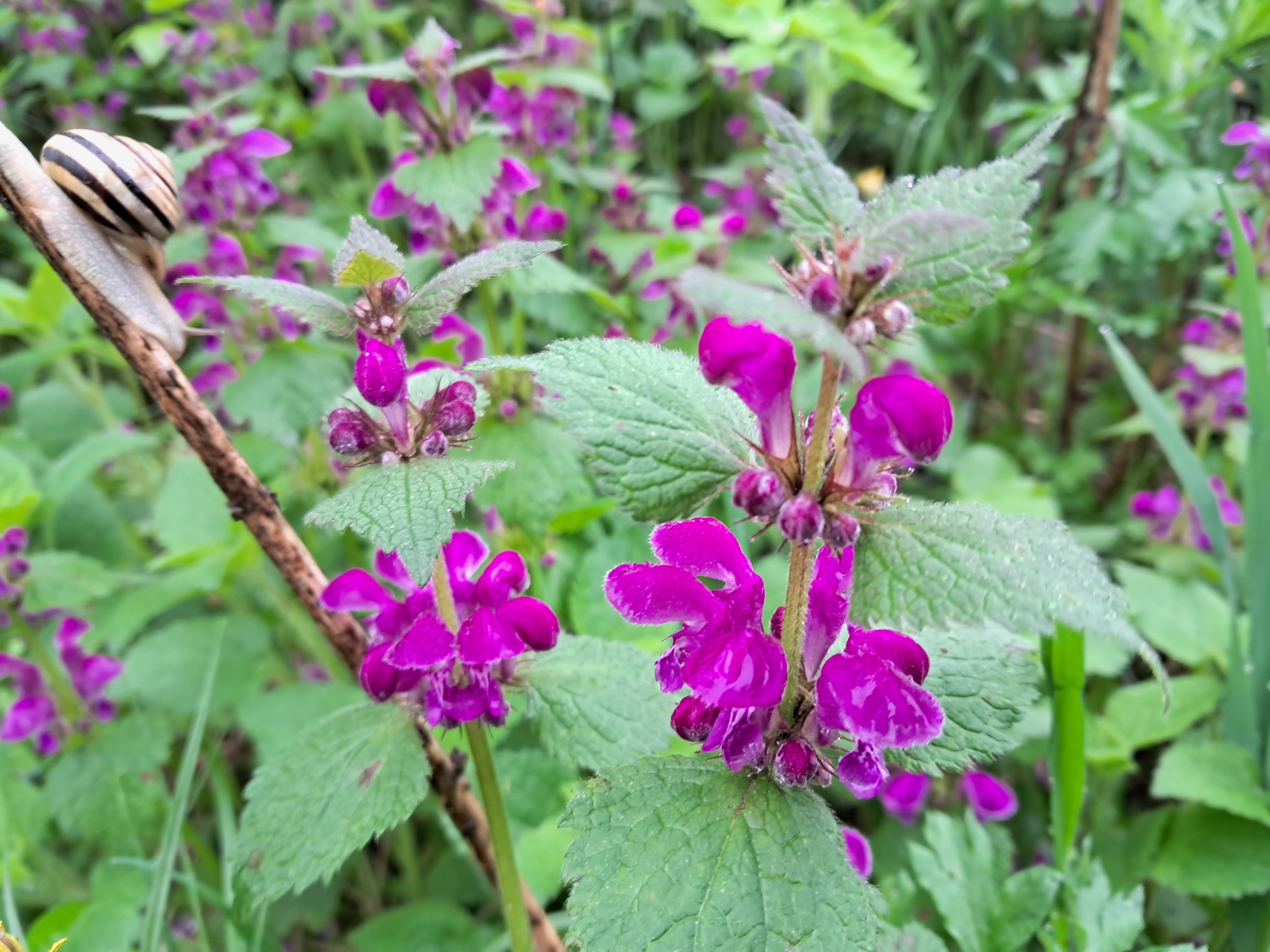
|

|
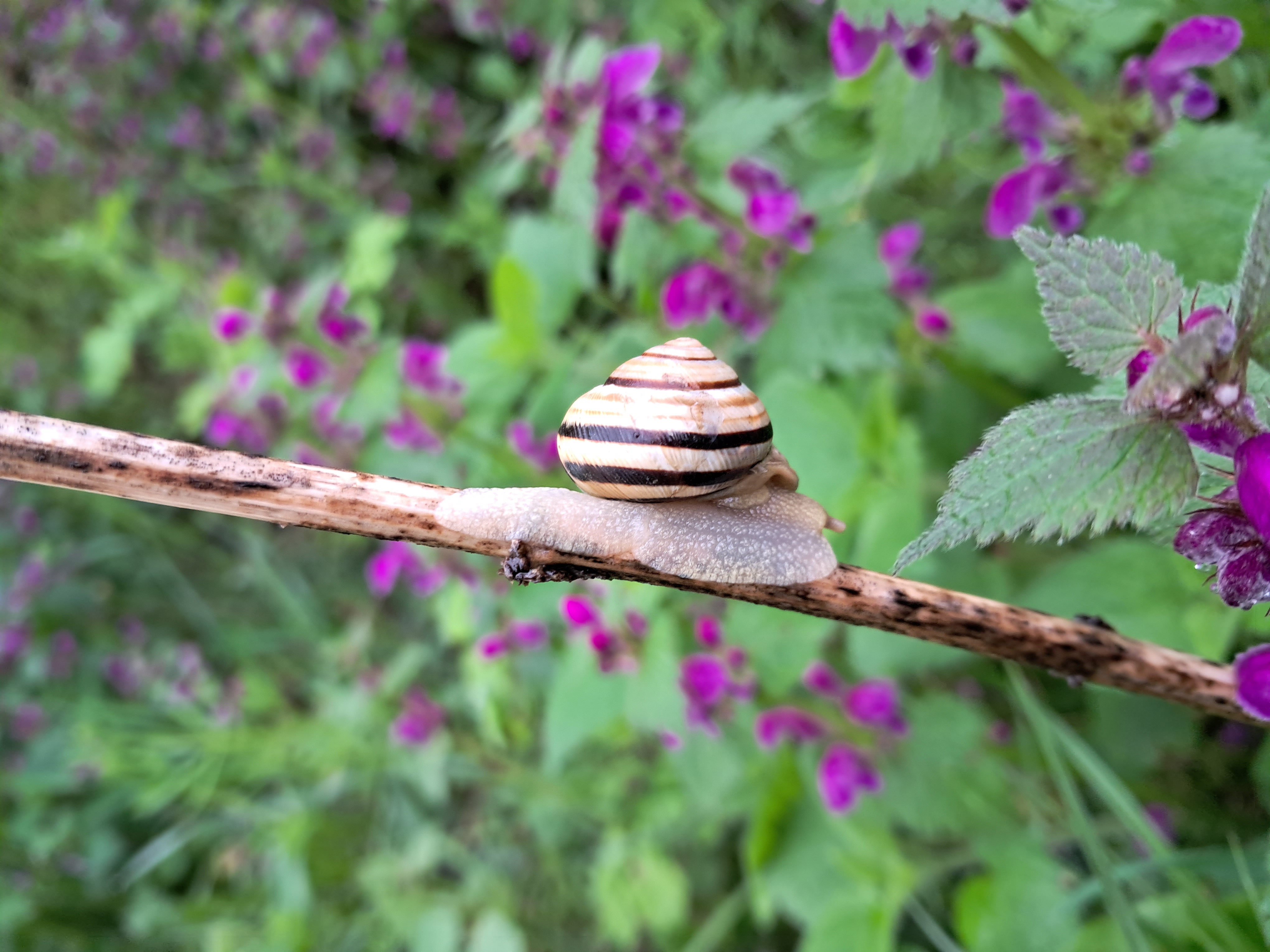
|
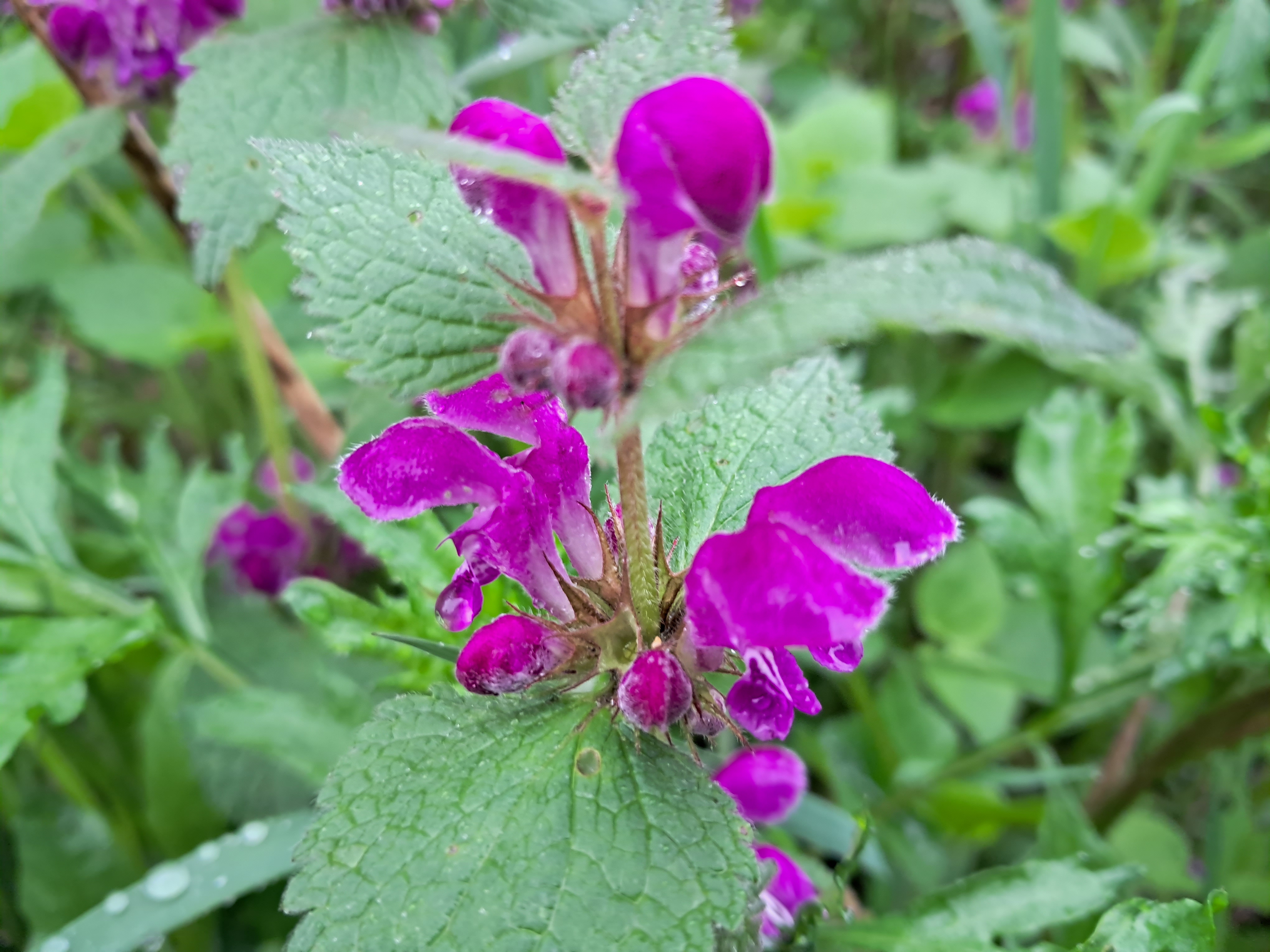
|
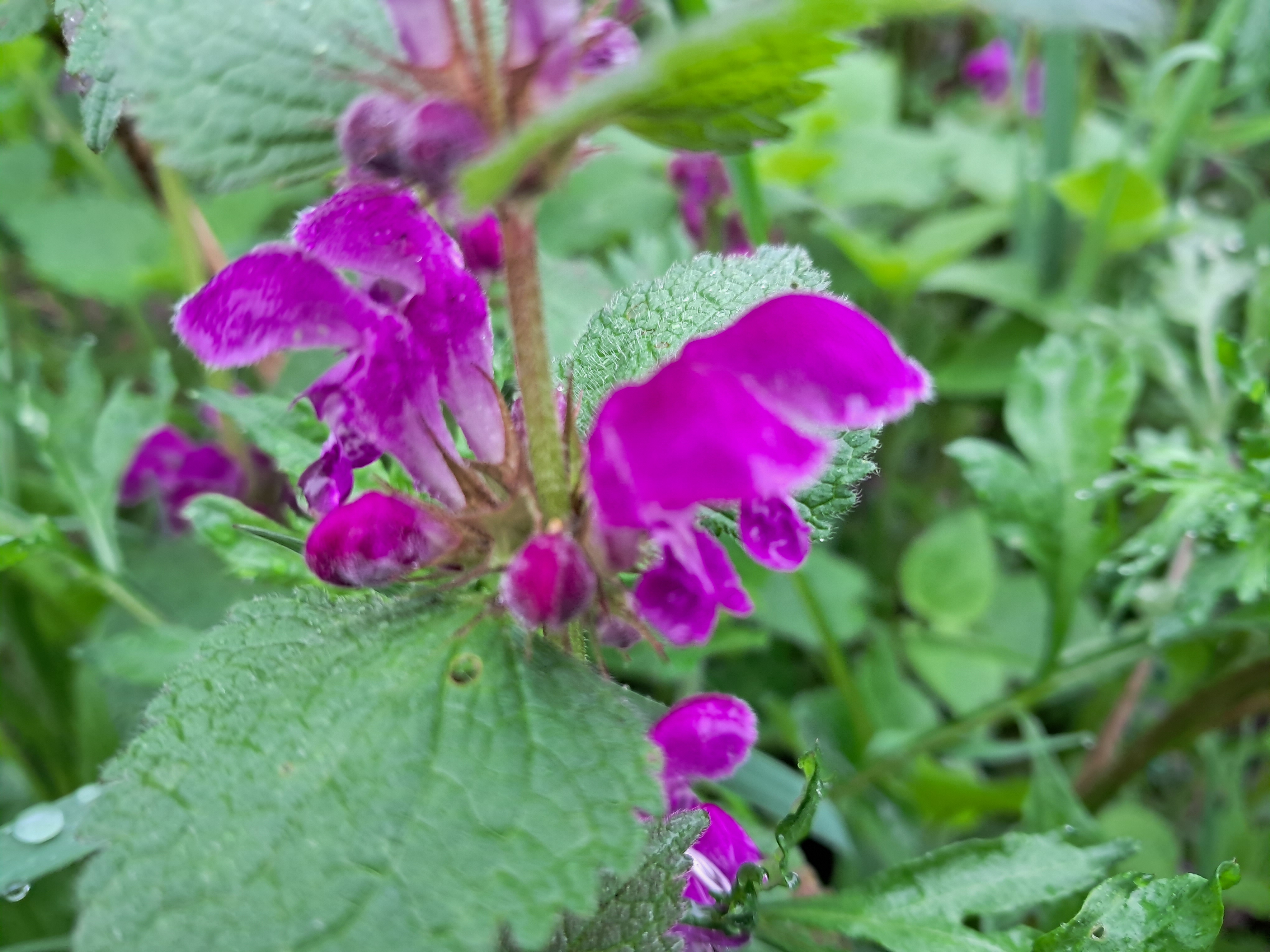
|
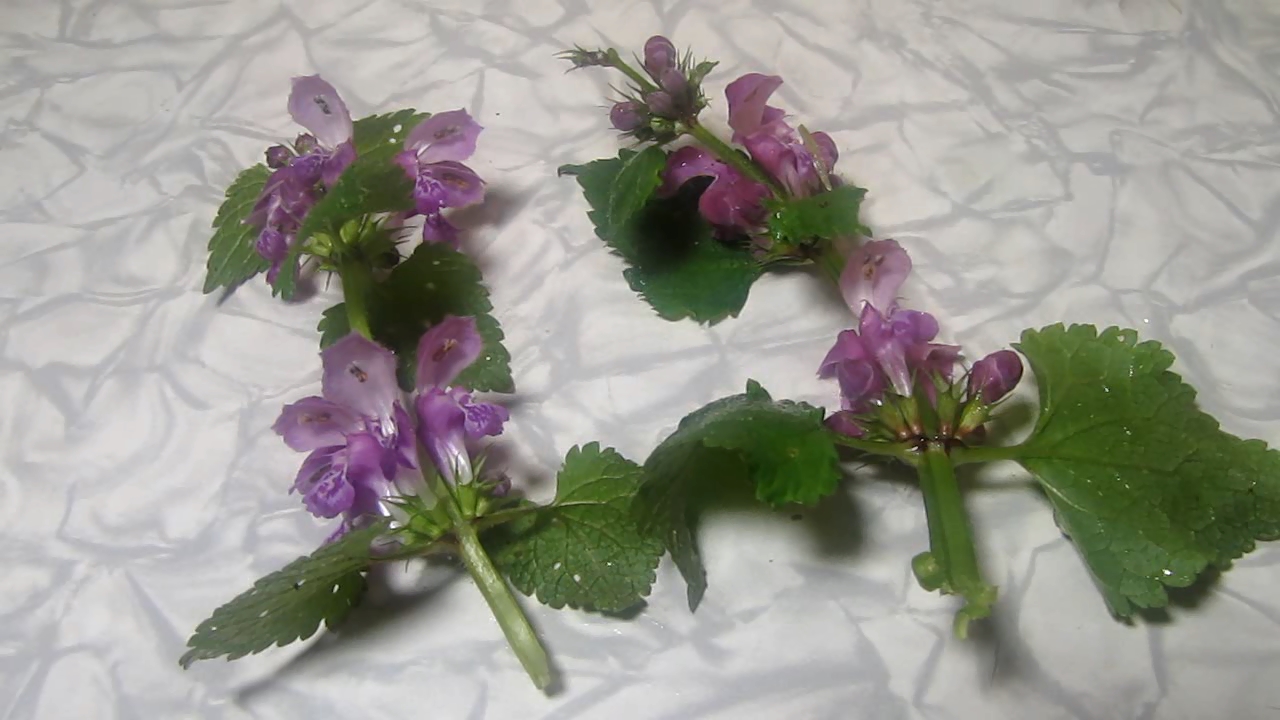
Lamium purpureum flowers and glacial acetic acid |

|
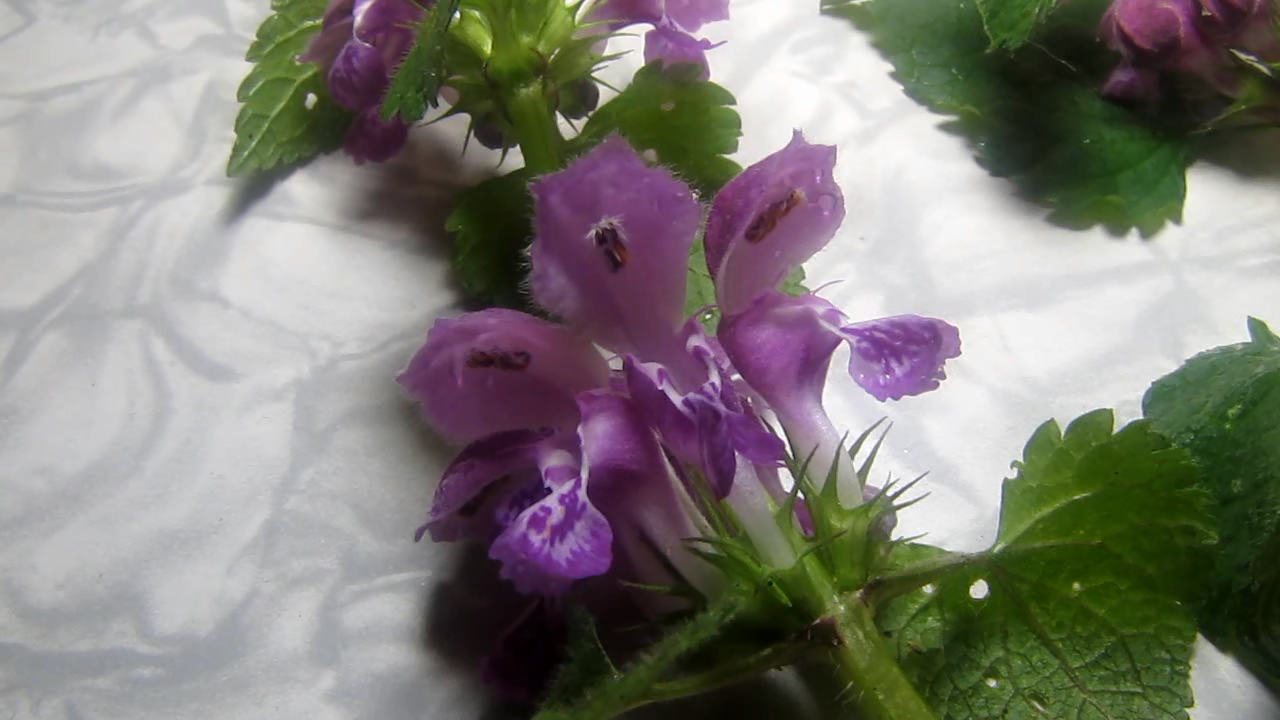
|
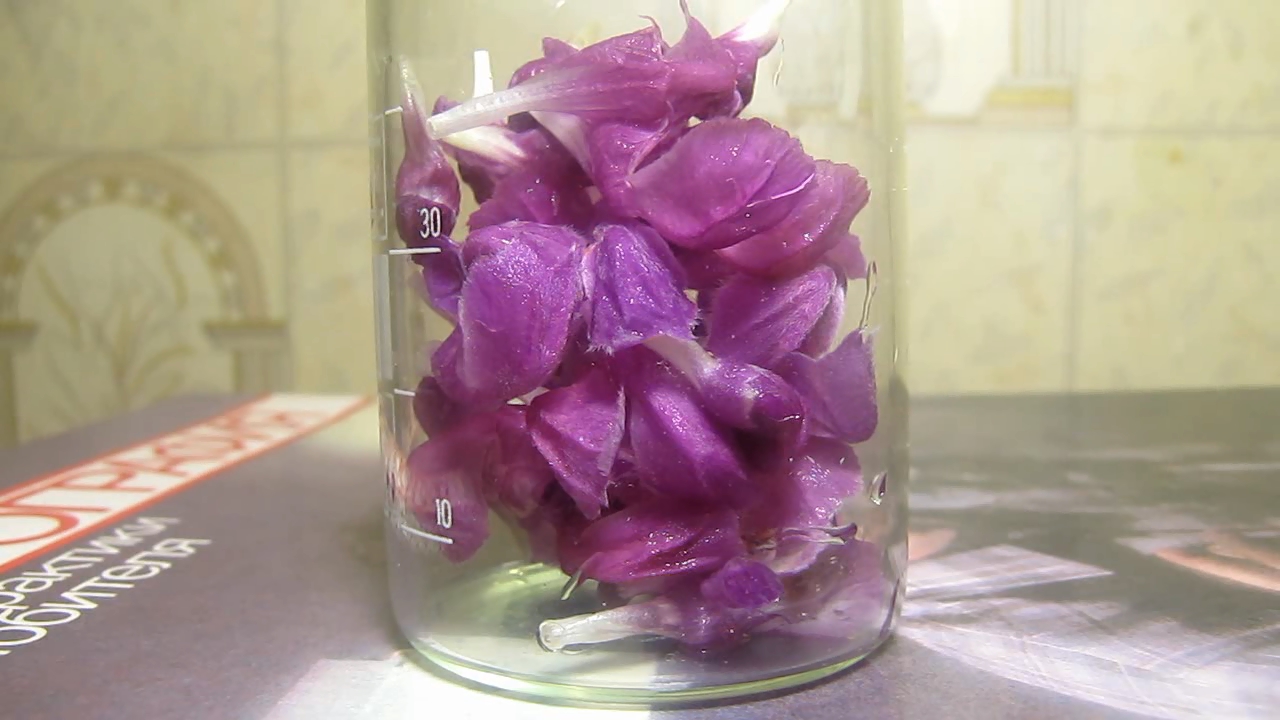
|

|
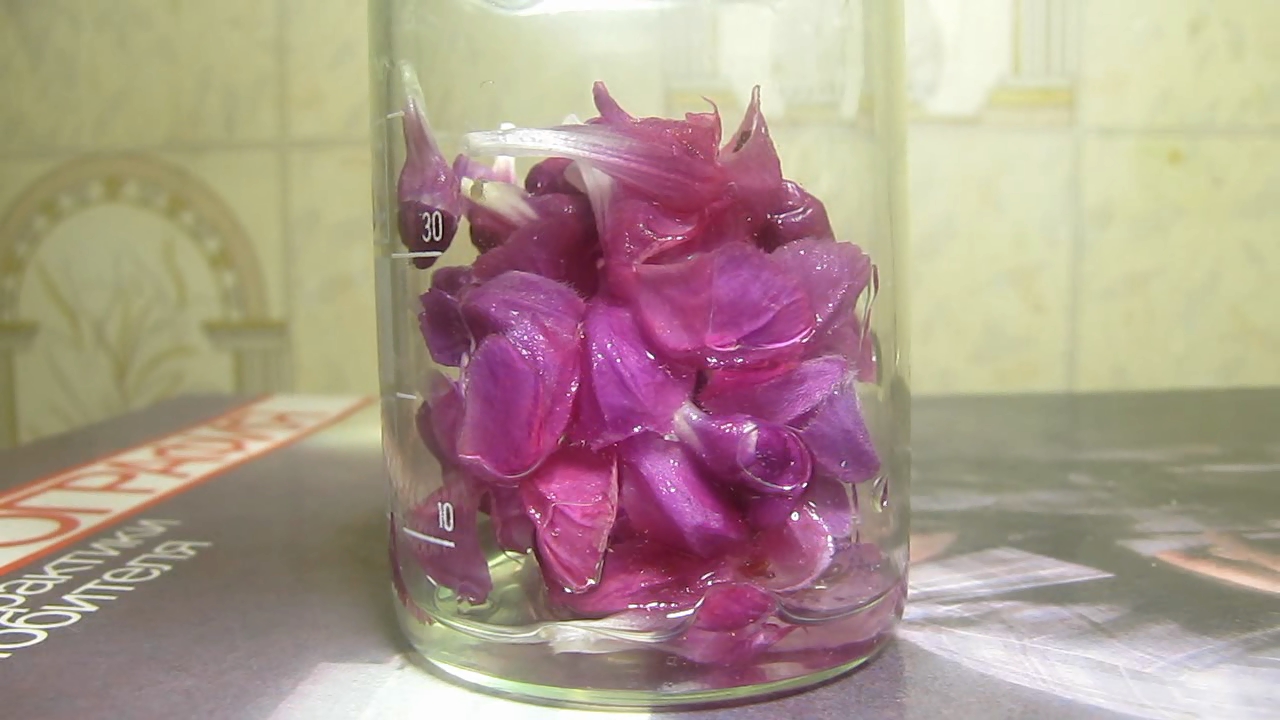
|
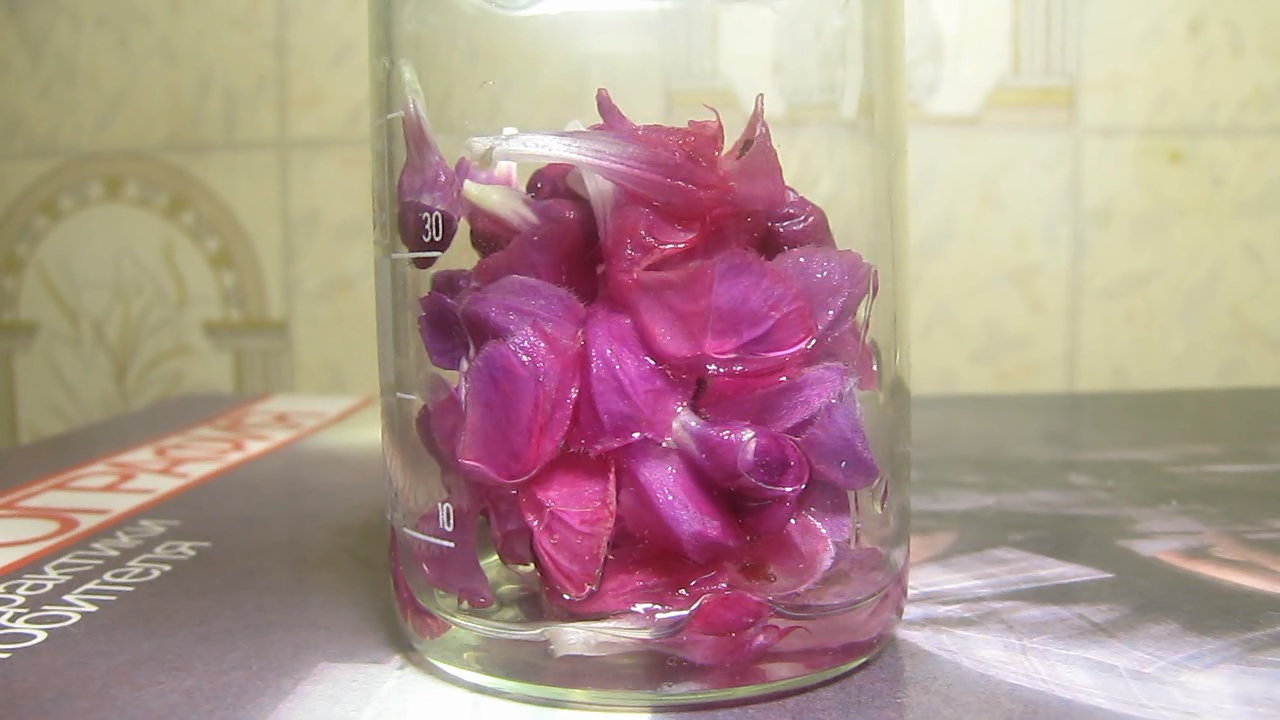
|
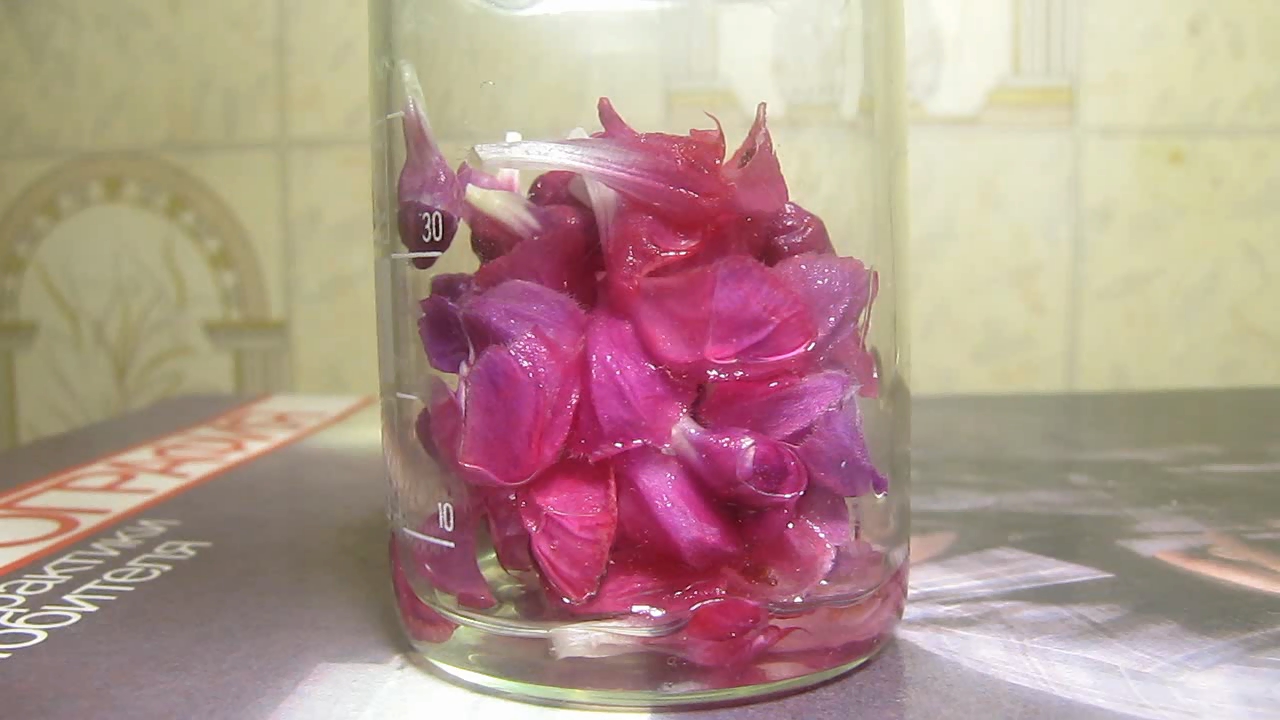
|

|

|

|
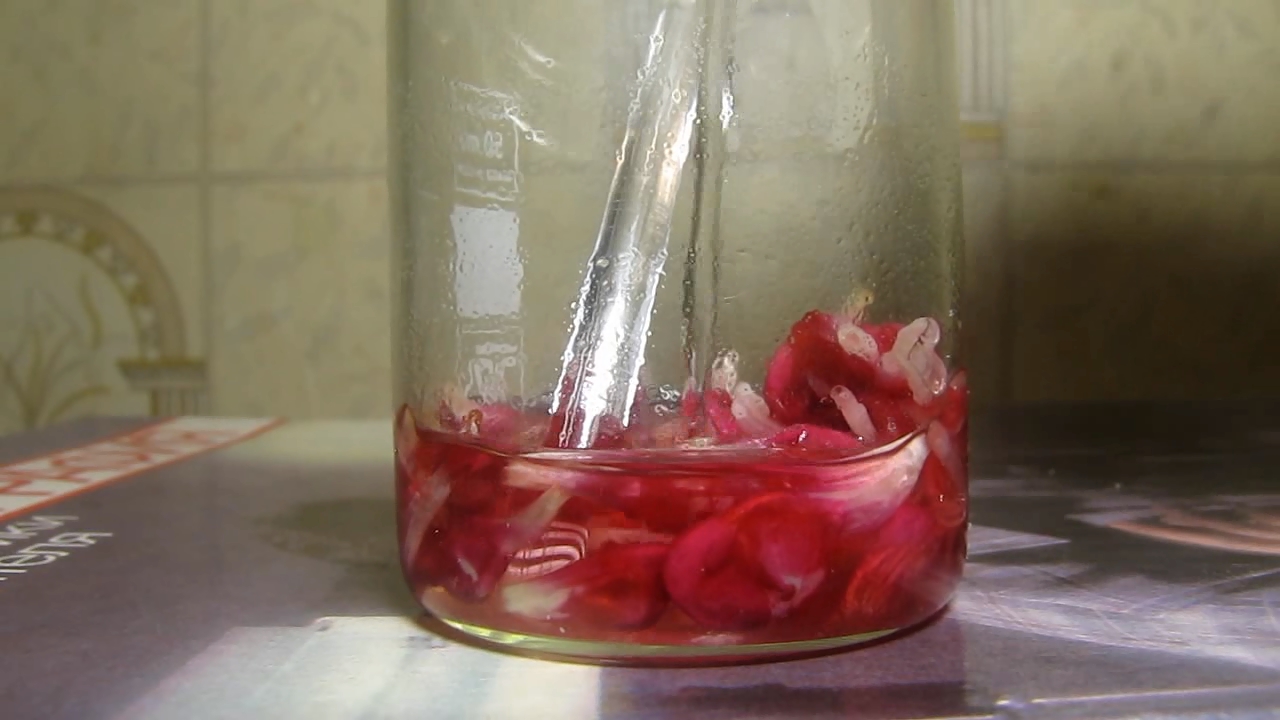
|
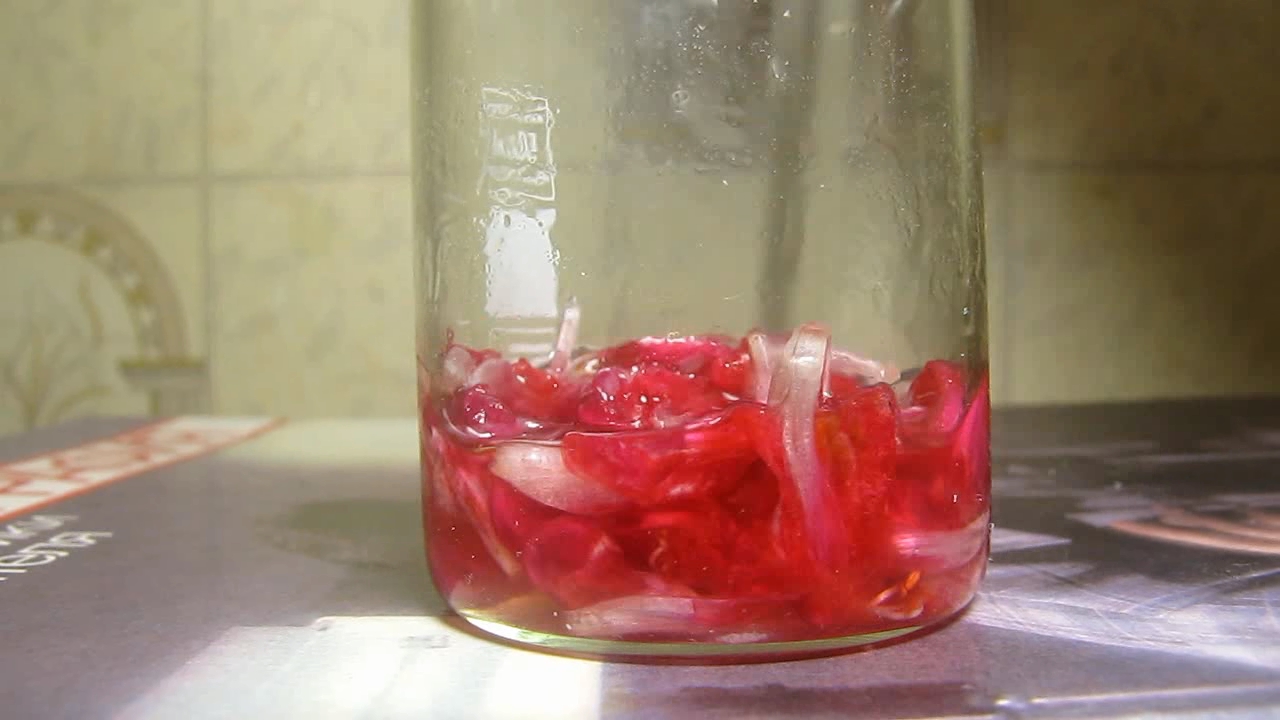
|
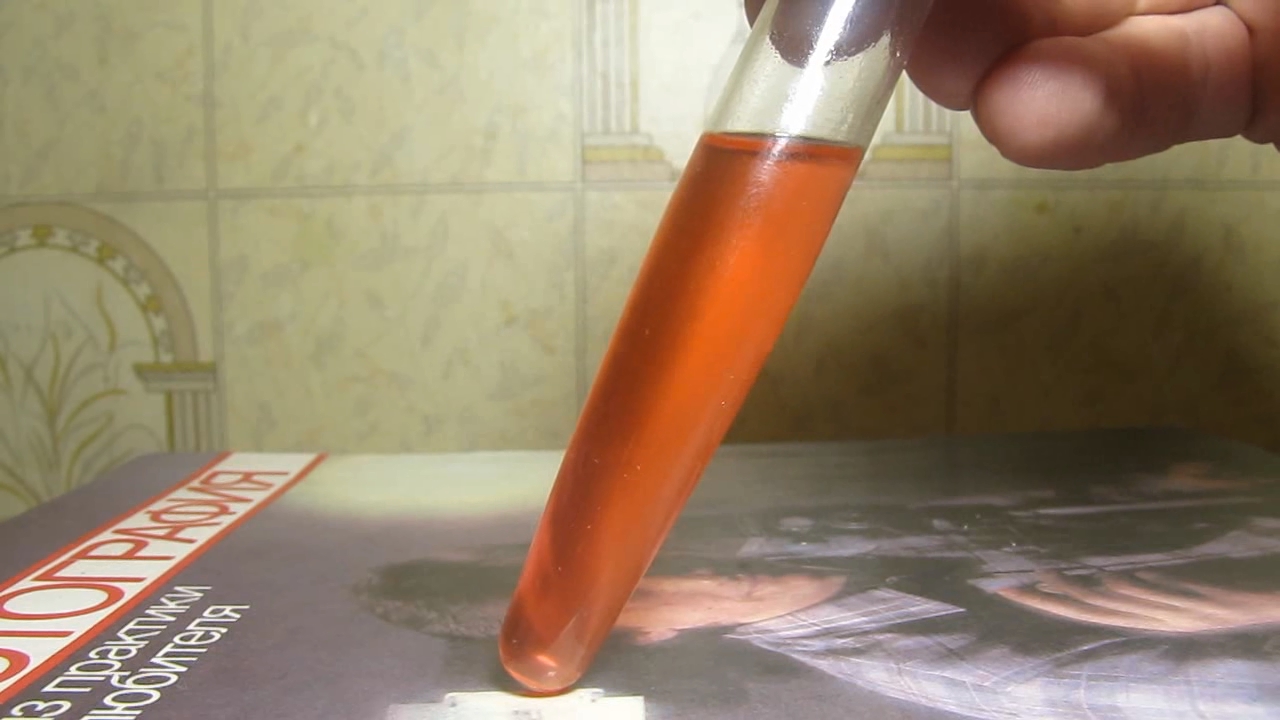
|
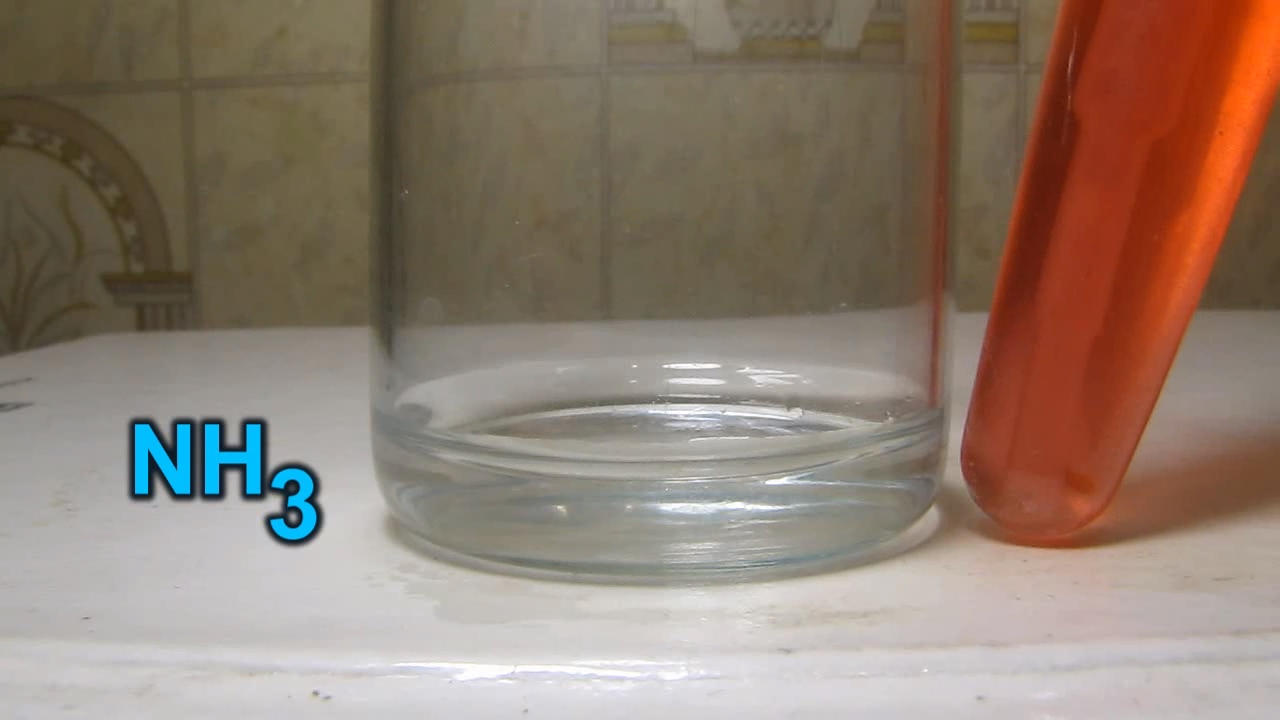
The extract and ammonia |
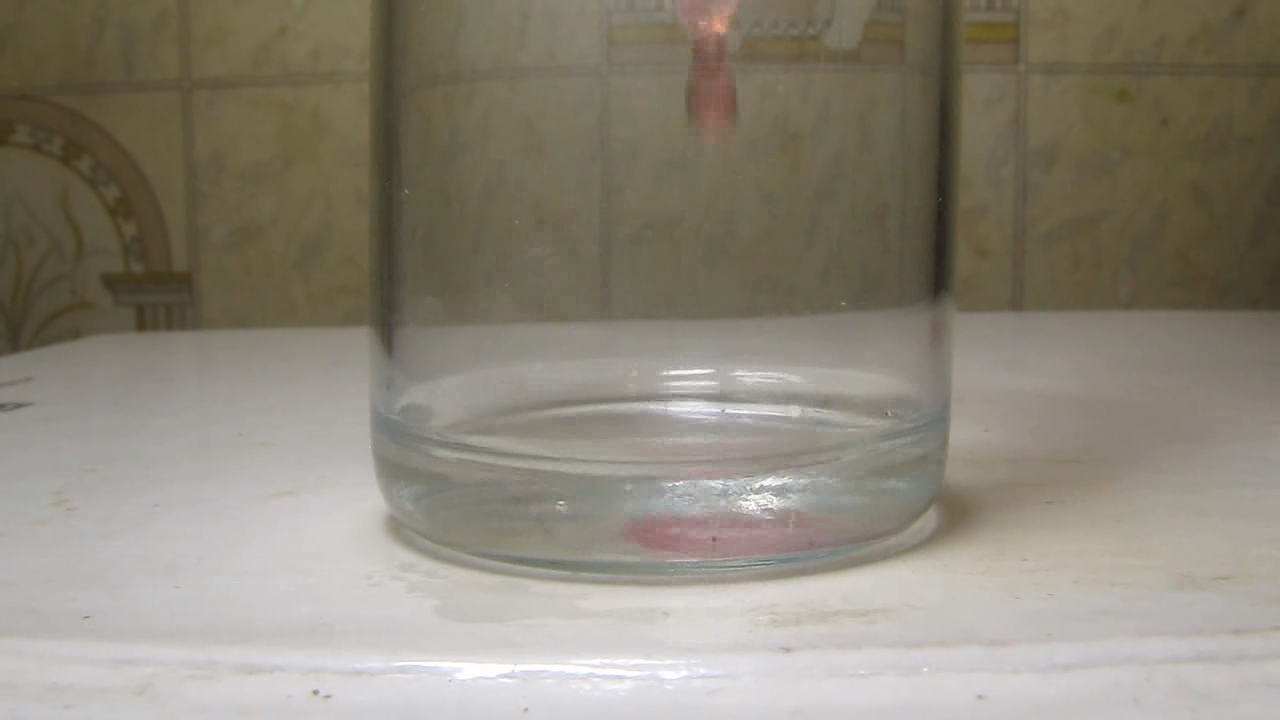
|

|
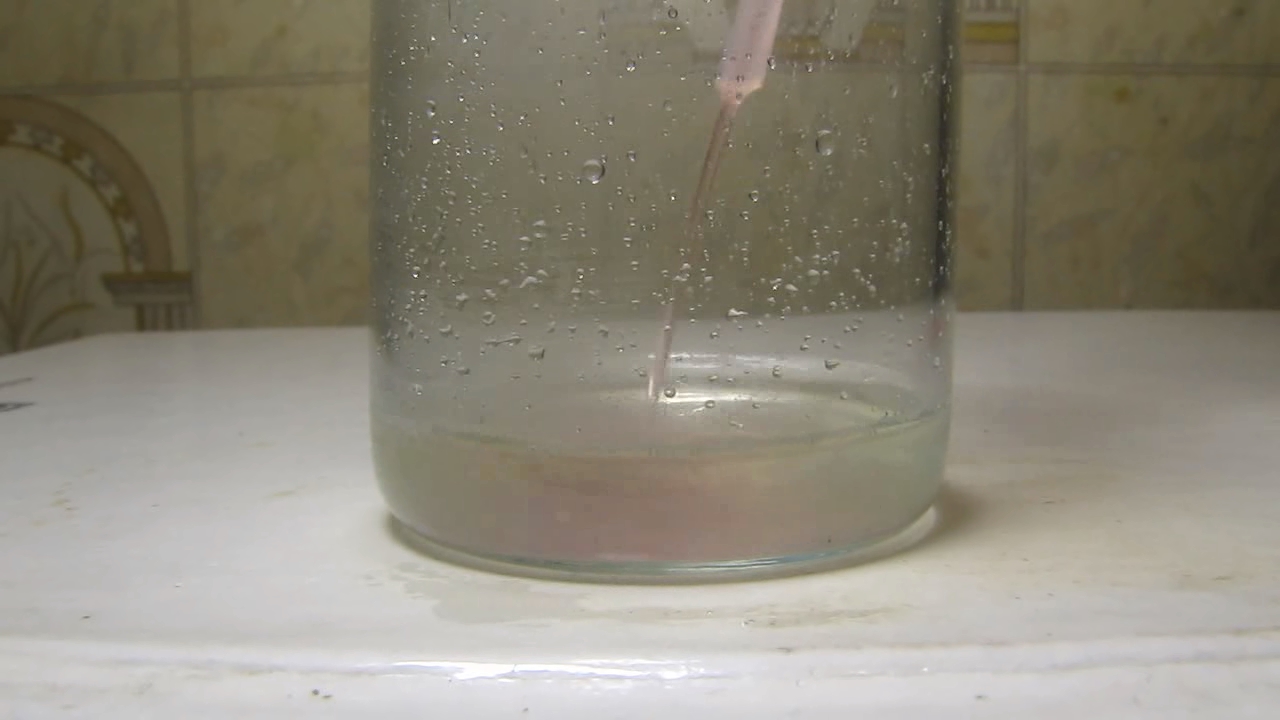
|
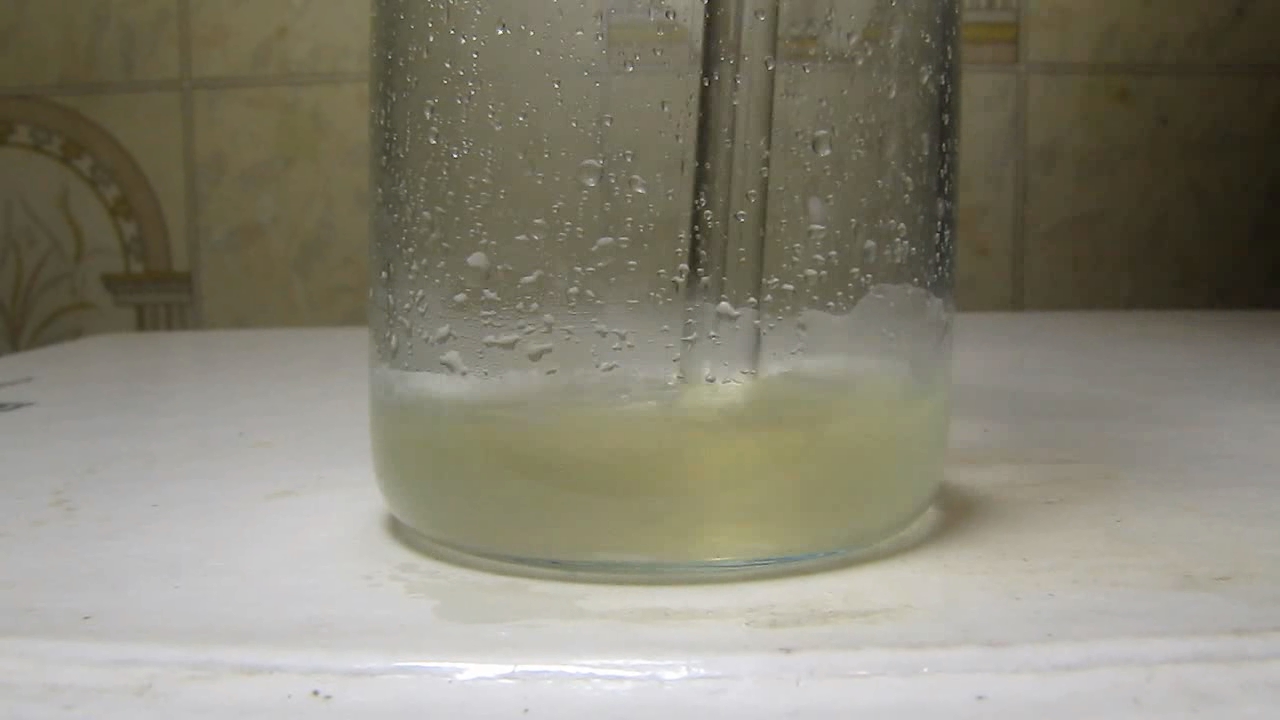
|
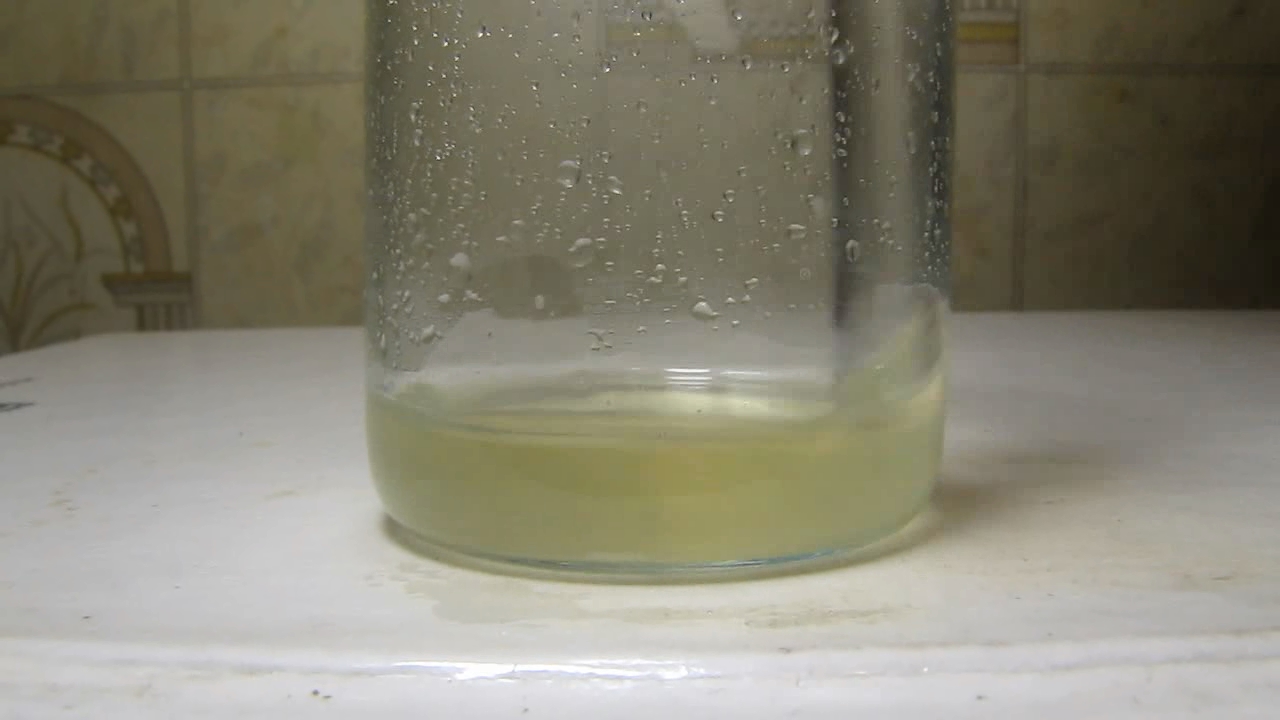
|
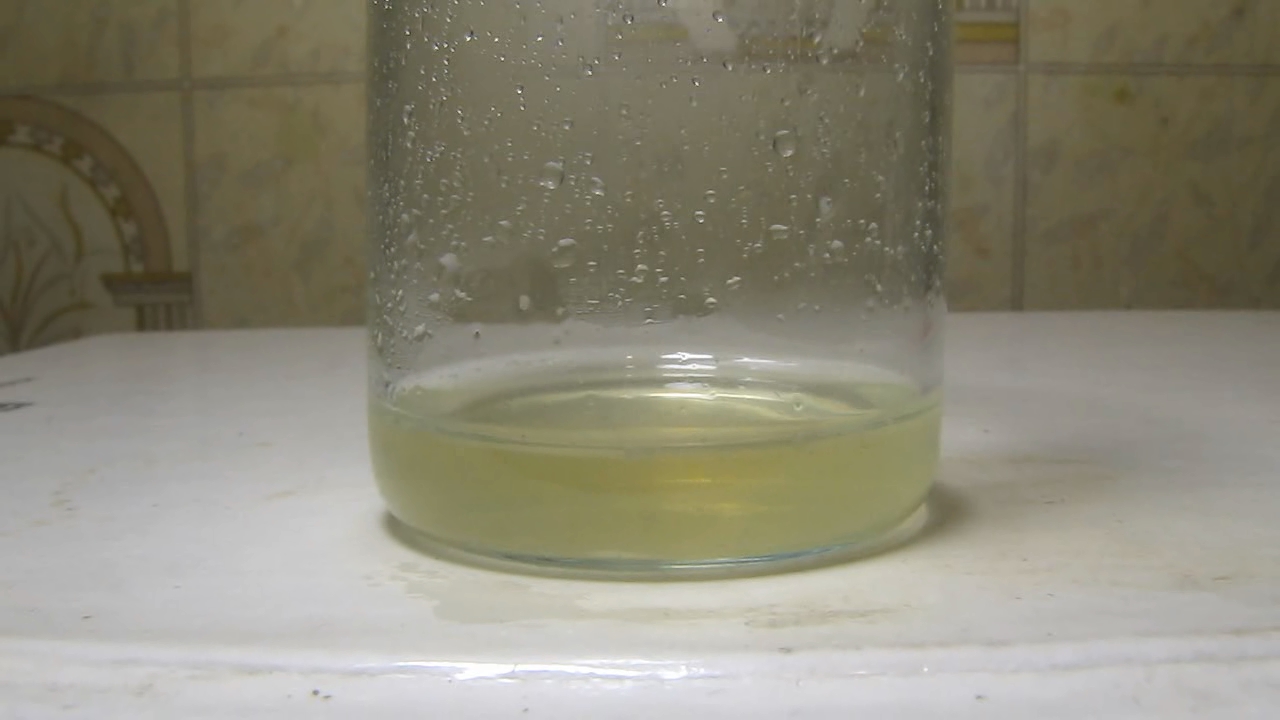
|

|

|
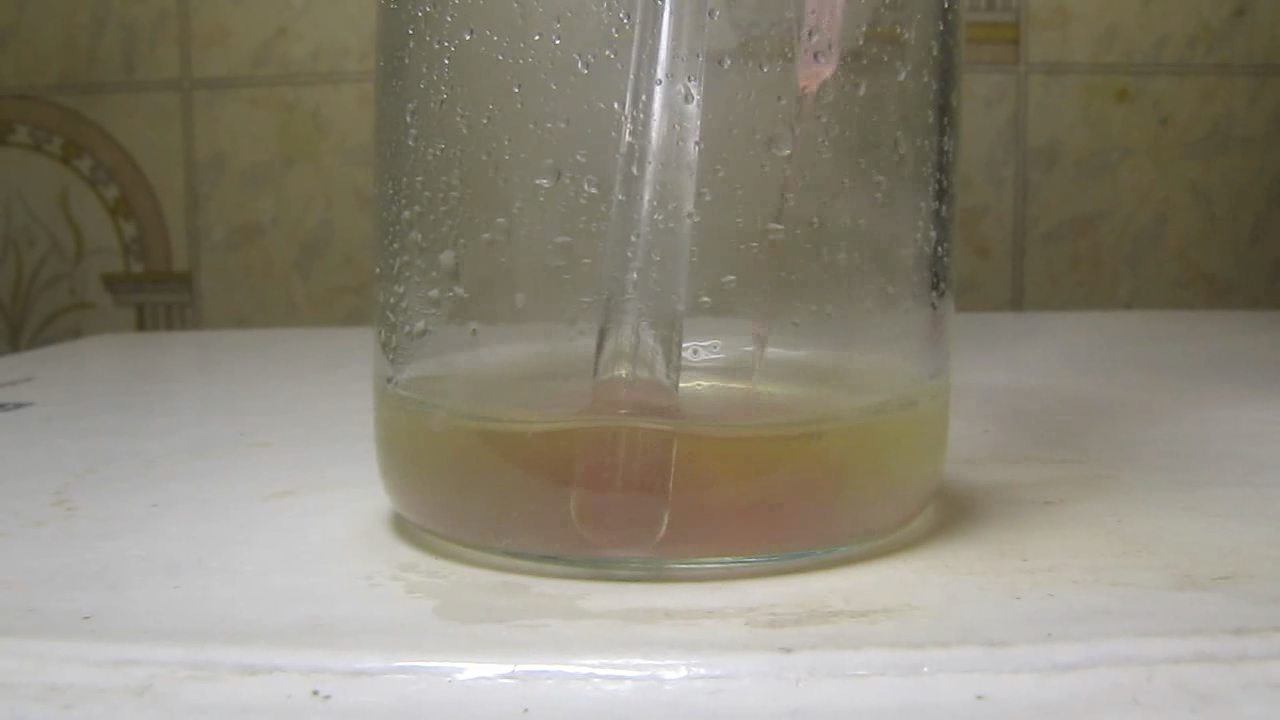
|

|

|
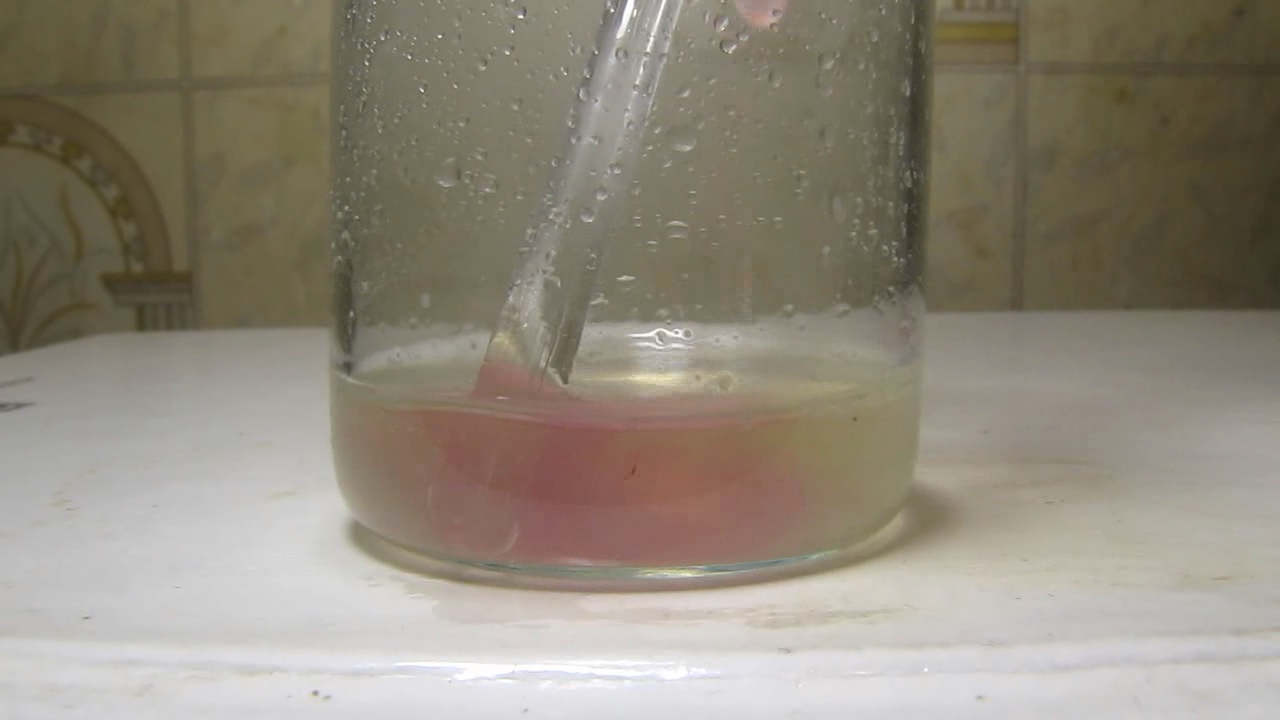
|

|
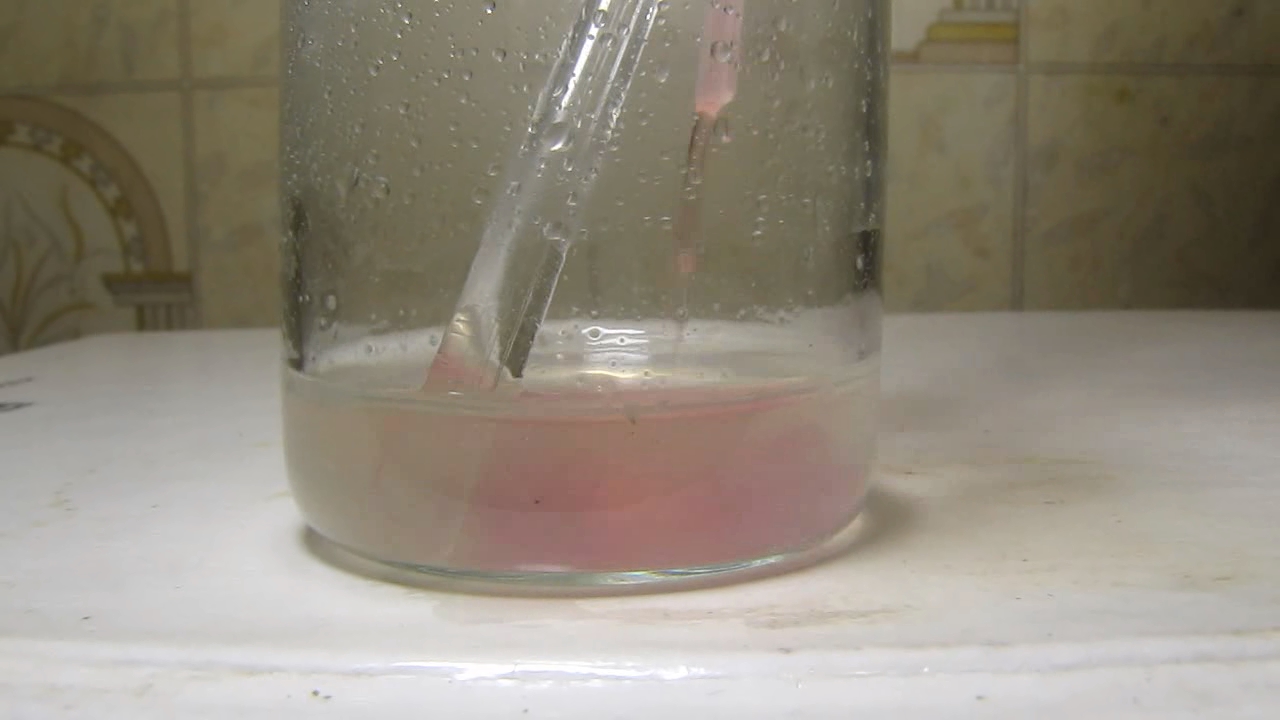
|

|

|
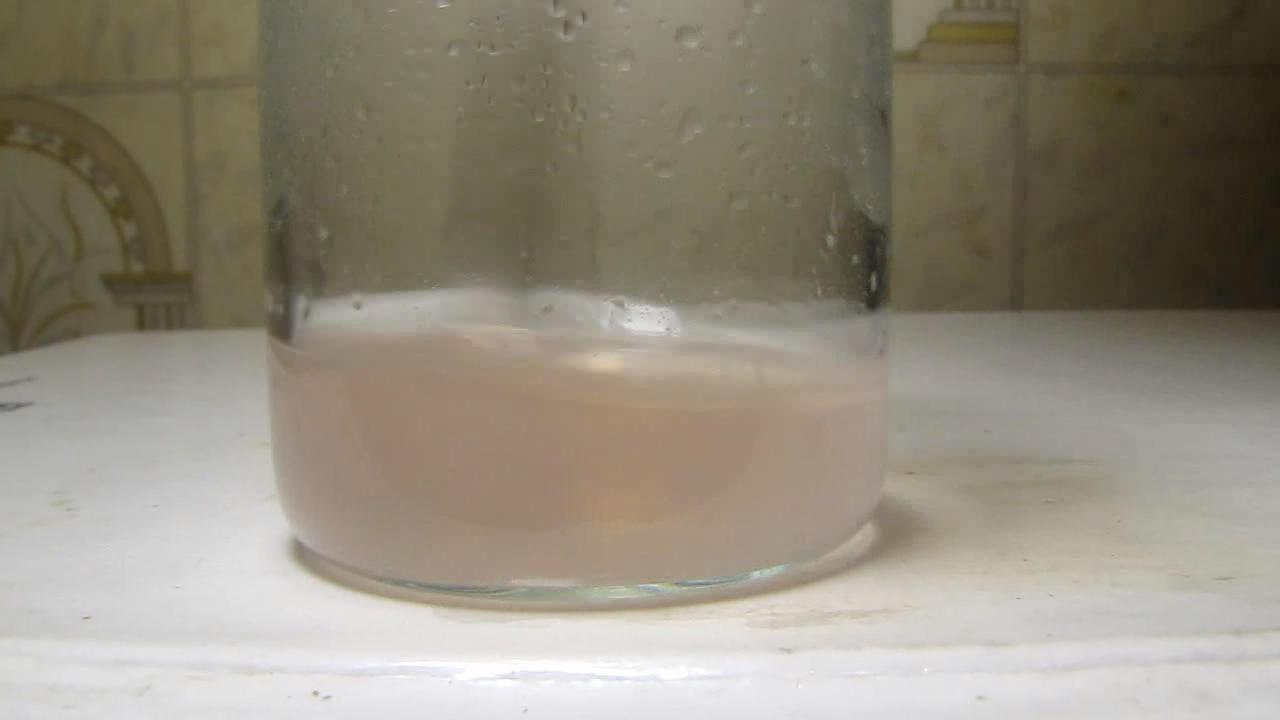
|
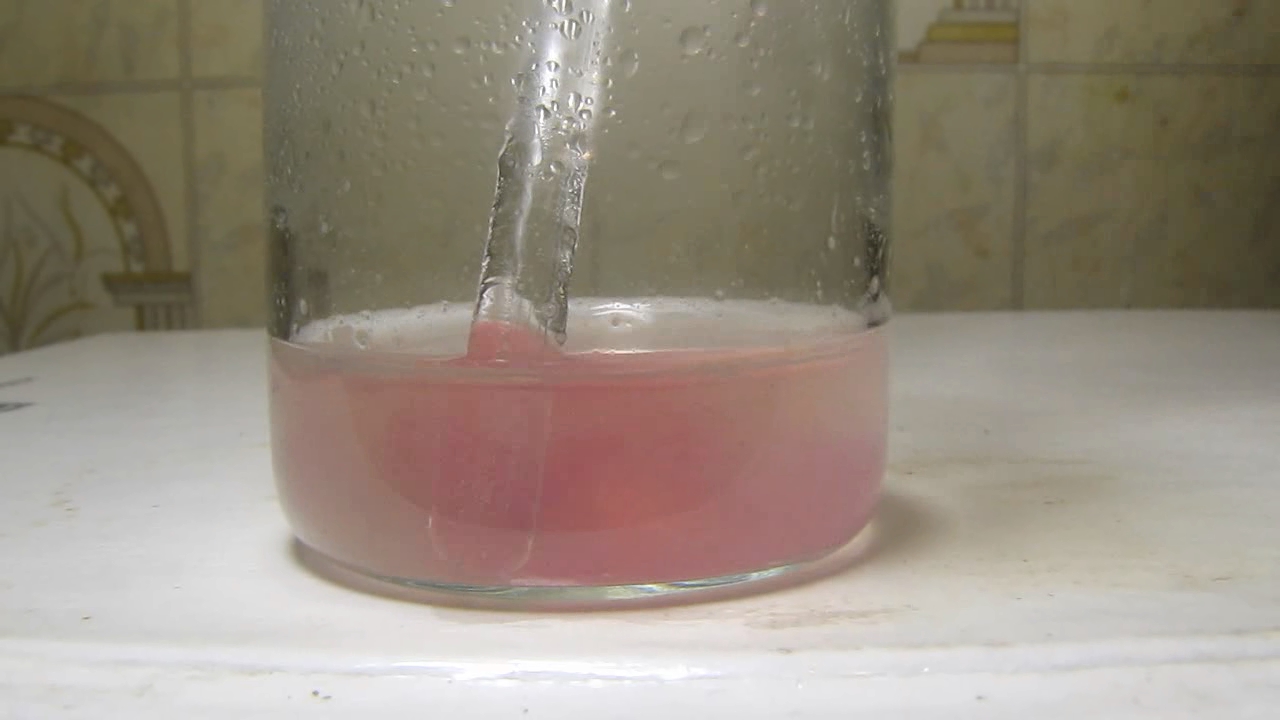
|

|
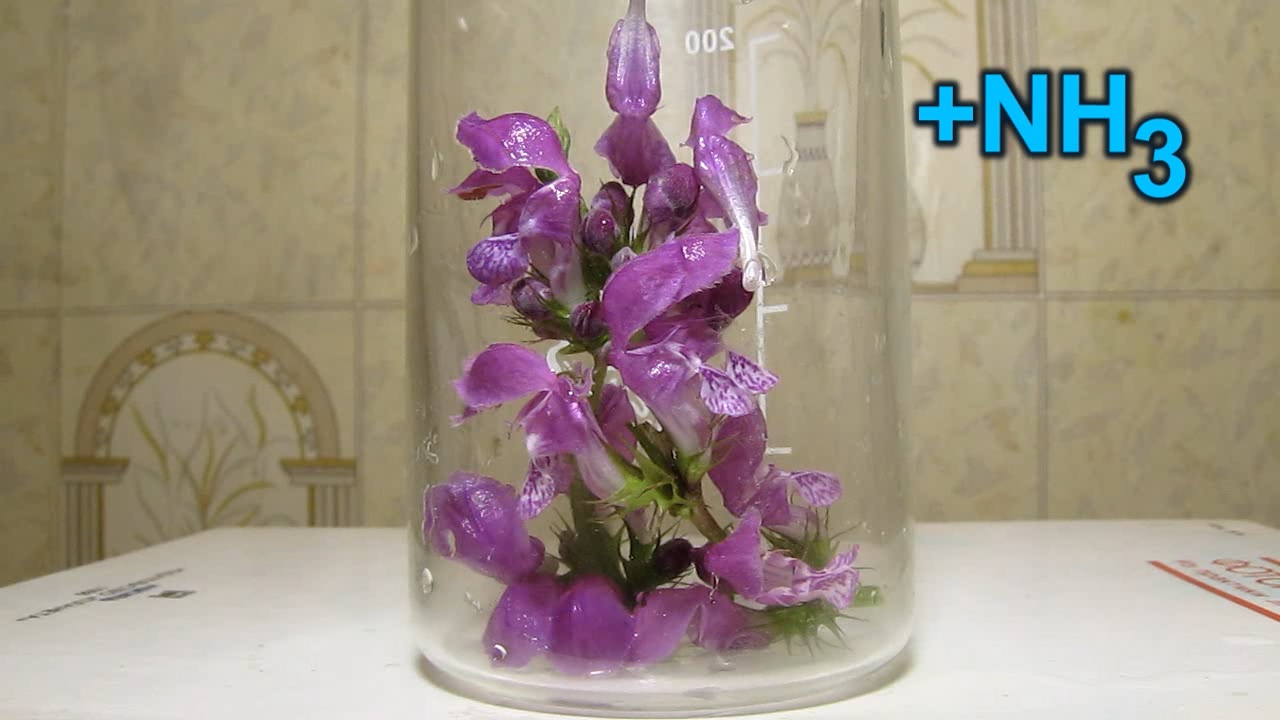
Lamium purpureum flowers and ammonia |

|

|

|
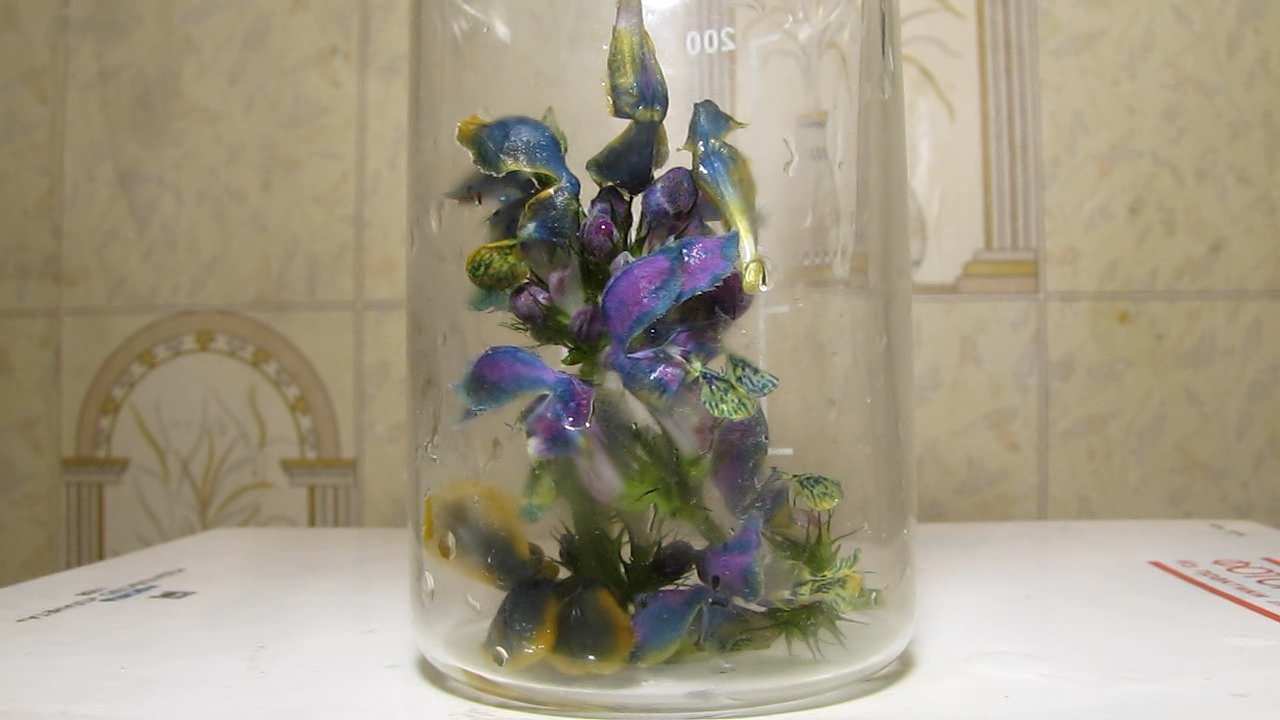
|

|
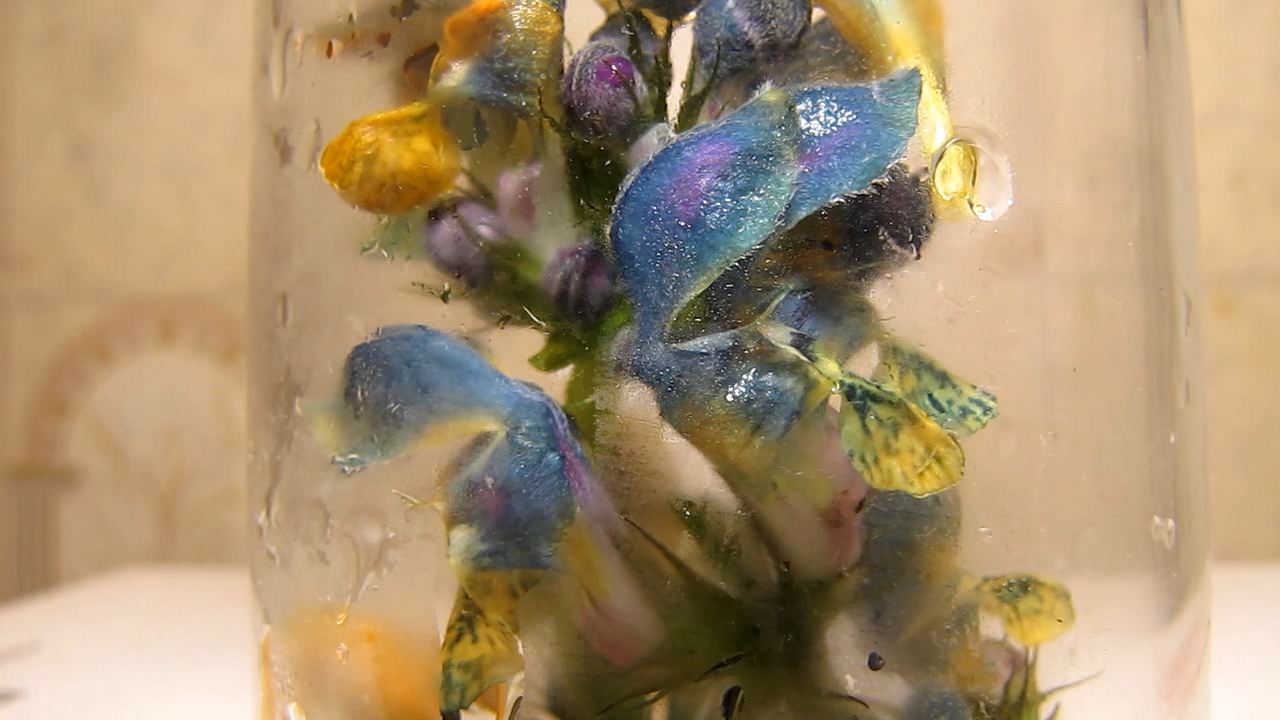
|

|
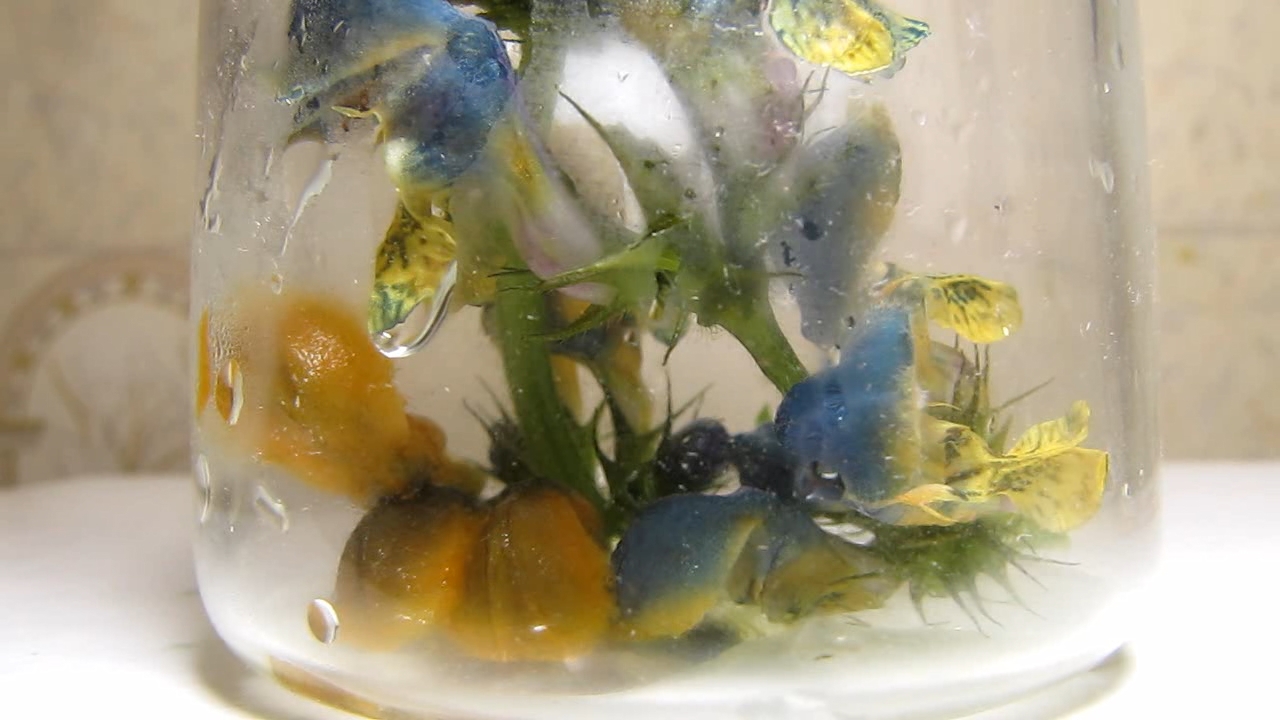
|

|
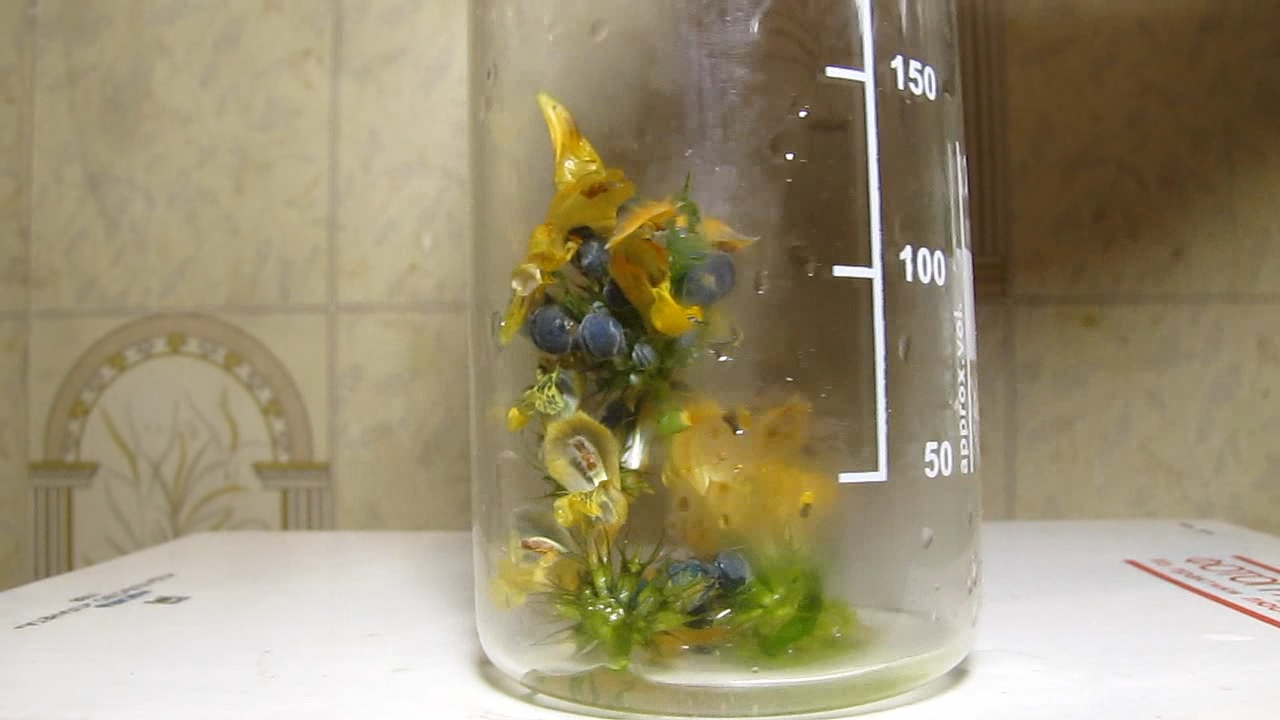
|

|
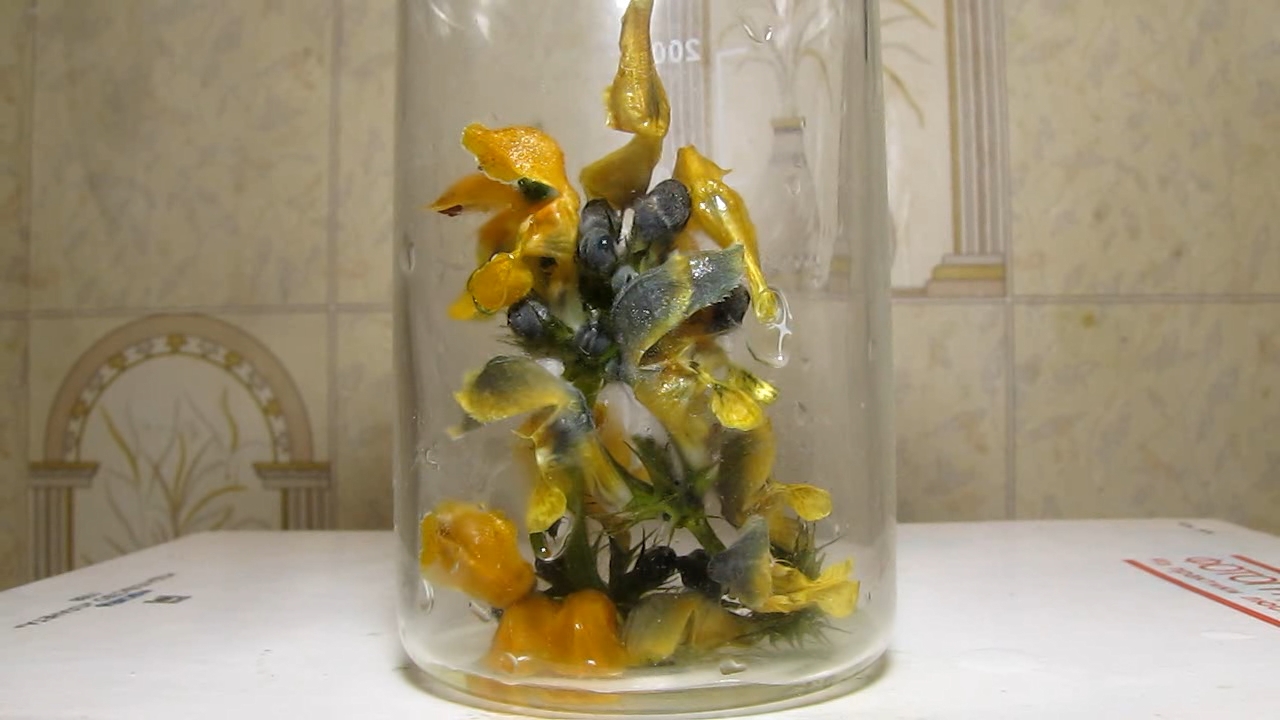
|
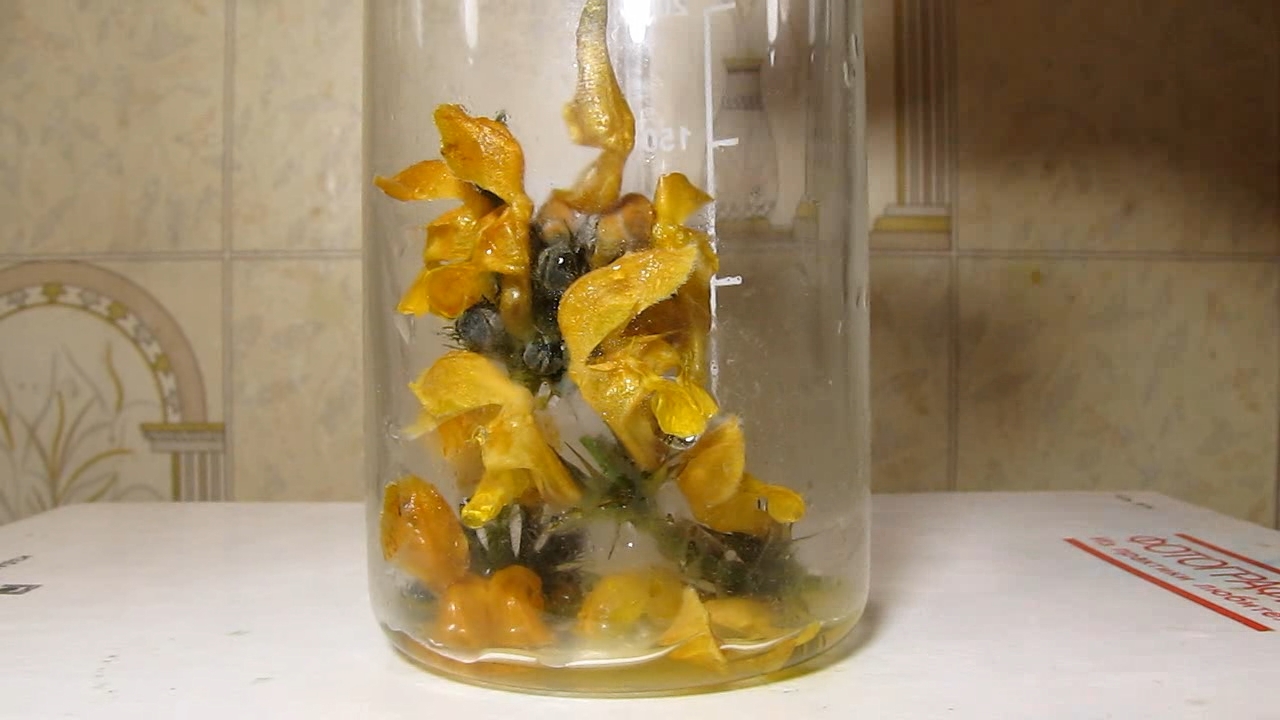
|
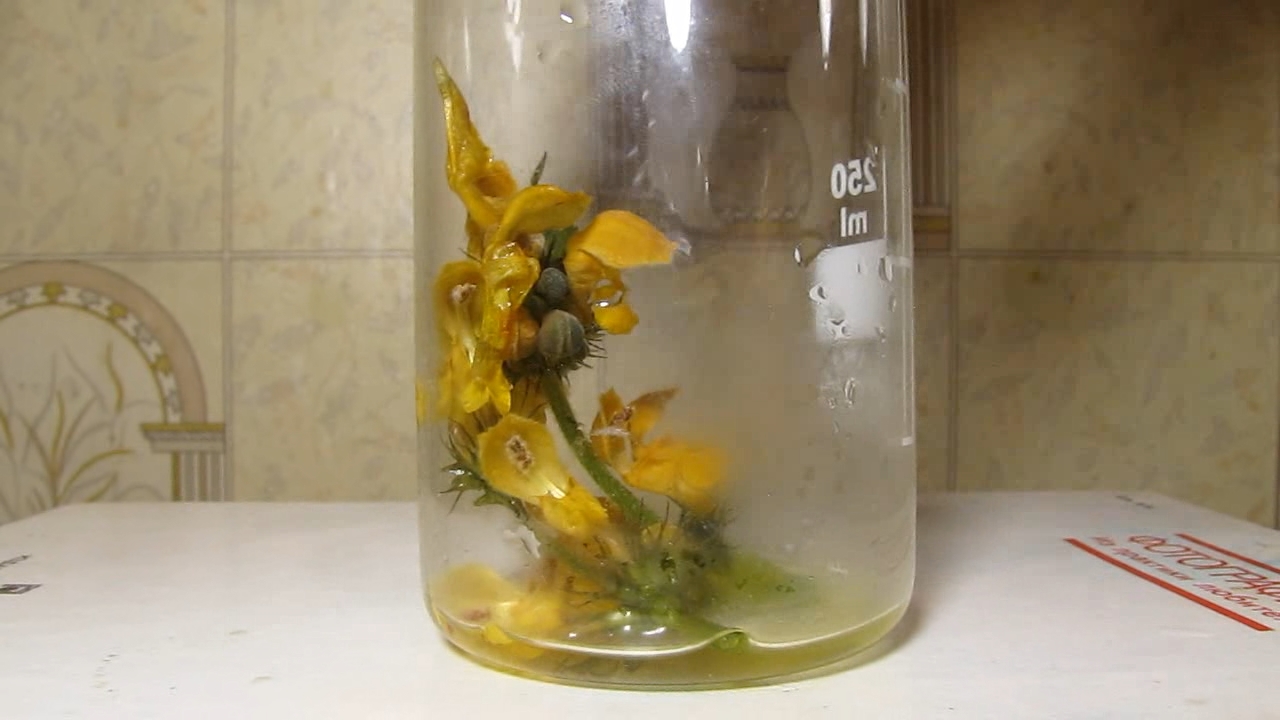
|
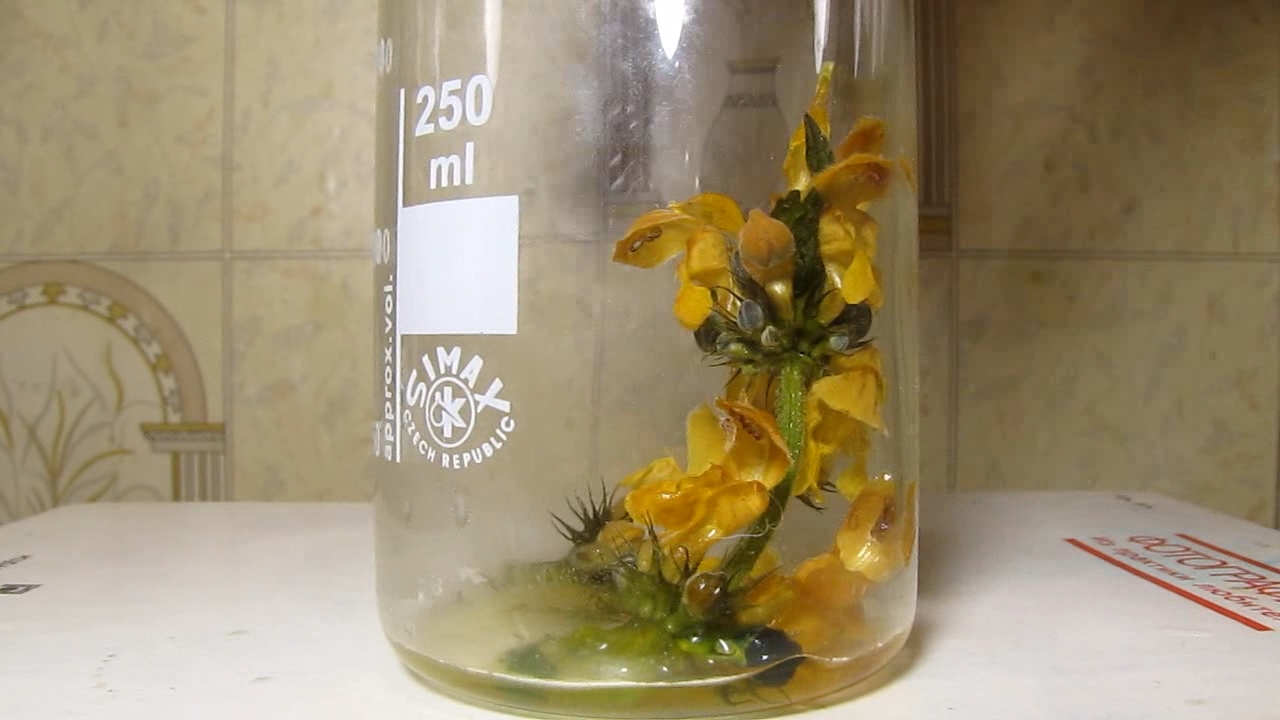
|

|
|
Later, I discovered a plant in the forest resembling Lamium purpureum but it had yellow, rather than purple, flowers. These flowers were similar to Lamium purpureum flowers treated with ammonia. It turned out that this plant is a close relative of Lamium purpureum and is called Lamium galeobdolon (The yellow archangel). |
|
Позже обнаружил в лесу растение, напоминающее Lamium purpureum, только оно имело не пурпурные, а желтые цветы. Эти цветы были похожи на цветы Lamium purpureum, обработанные аммиаком. Оказалось, что данное растение является близким родственником Lamium purpureum и называется Lamium galeobdolon [The yellow archangel (En), Зеленчук жовтий (Ua), Яснотка зеленчуковая (Ru)].
|
![Lamium galeobdolon [The yellow archangel (En), Зеленчук жовтий (Ua), Яснотка зеленчуковая (Ru)]](http://chemistry-chemists.com/N2_2024/P6/Lamium_galeobdolon-1.jpg)
Lamium galeobdolon [The yellow archangel (En), Зеленчук жовтий (Ua), Яснотка зеленчуковая (Ru)] |
![Lamium galeobdolon [The yellow archangel (En), Зеленчук жовтий (Ua), Яснотка зеленчуковая (Ru)]](http://chemistry-chemists.com/N2_2024/P6/Lamium_galeobdolon-2.jpg)
|
![Lamium galeobdolon [The yellow archangel (En), Зеленчук жовтий (Ua), Яснотка зеленчуковая (Ru)]](http://chemistry-chemists.com/N2_2024/P6/Lamium_galeobdolon-3.jpg)
|